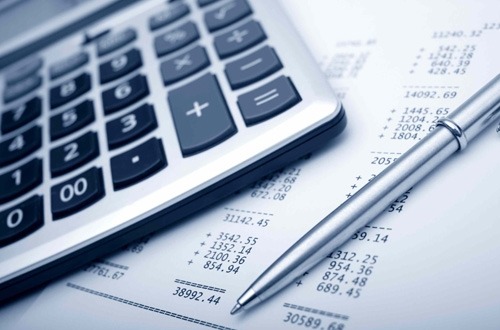
The purchase of equipment or vehicles can present an opportunity for a business to streamline the business and increase productivity but it can also present a challenge if the finances are not handled with care.
Asking the right questions regarding your asset purchase decision is the first step to making sure you make the right financial decision, says Nicholas Nkosi, head of Vehicle Asset Finance – Retail Banking at Standard Bank.
“When you are satisfied that all operational issues have been answered and you have decided to buy the asset,” Nkosi says, “You need to follow up with the appropriate financial decision as this will help ensure that your cash flow is not negatively impacted by the purchase.”
Many small businesses may not be able to pay cash for an asset. If this is the case, here are 4 options Nkosi says business owners have at their disposal.
1. Buying the asset on installment sale
An installment sale means a sale of an asset where the payment of the full price of the goods is delayed and is paid out in regular payments over an extended and agreed period.
With this option, “you can select the number of payments you wish to make and know that for the period of the sale, your costs will remain constant – that is unless interest rates rise which increase your repayment, impacting on the repayments,” says Nkosi.
He adds business owners can ease the risk of rising interest rates by choosing a fixed rate of interest where their repayment is fixed for the period of the loan.
2. Leasing
“This enables you to use the equipment over a defined period and then return it to the owner (the leasing company) at the end of the agreed period. Often, you can buy the equipment from the supplier once the contract has ended,” says Nkosi.
The advantages of leasing, according to Nkosi is that while it may usually be more expensive option, you are often not burdened with servicing or maintenance of the asset during the lease period.
Another benefit of leasing, according to Nkosi is, “Leasing means that as technology changes, you can also easily update equipment. In many cases, larger leasing companies often enable lessors to upgrade equipment during the period of a lease.”
3. Financing through an overdraft
“If your business has a good credit record, the bank may allow you to purchase equipment using a pre-agreed overdraft. This enables you to buy assets quickly,” says Nkosi.
4. Financing through a loan
Nkosi says that some of the advantages of using a loan is that it can be repaid over a set period and also that it can be a revolving facility that is constantly available. “As the loan is paid off, you can make use of the credit balance to make further purchases – something very convenient for businesses operating in rapidly changing environments,” he says.
“Any decision to buy or lease an asset must be carefully thought through, especially in these tough economic times. Business owners should therefore never hesitate about consulting an expert – an accountant will always be able to advise on what your implications are when it comes to tax; a business banker will be able to help select or tailor a payment option that suits you and your business,” says Nkosi.










